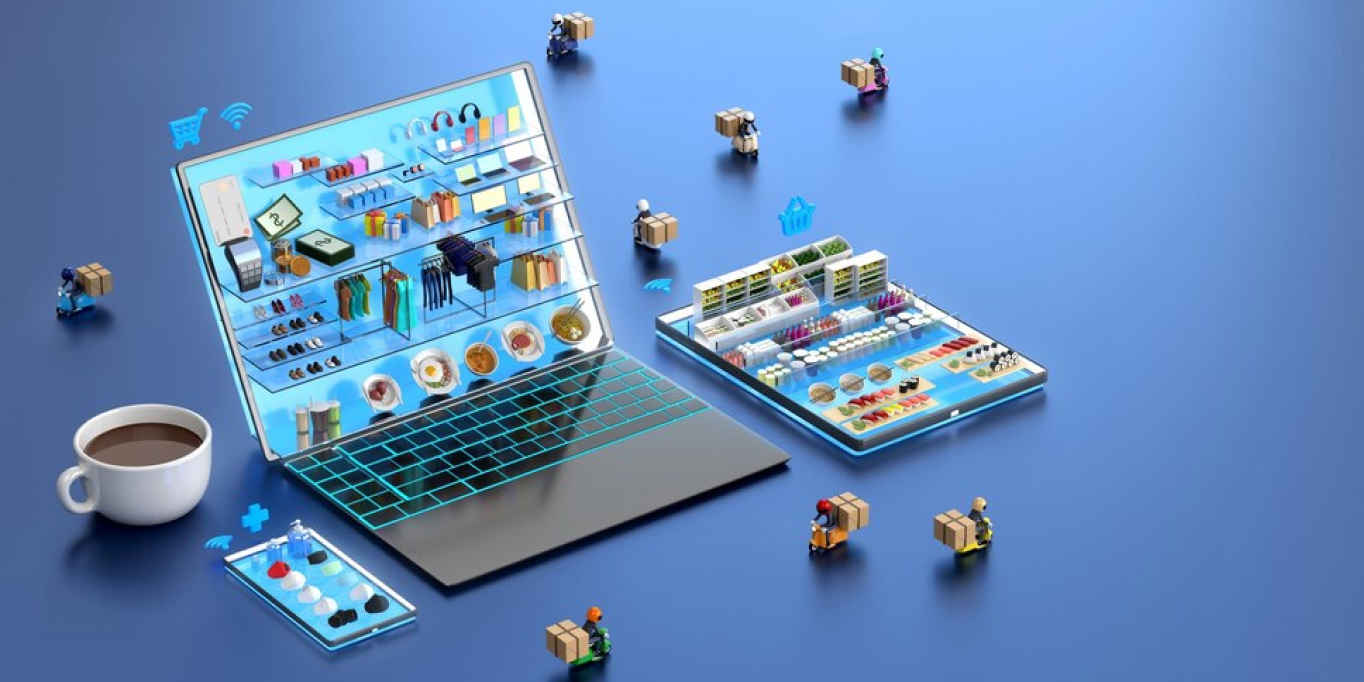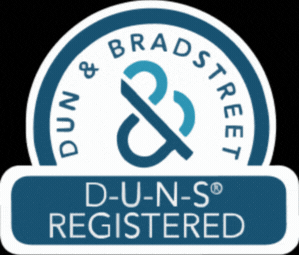Salesforce D2C Commerce vs B2B Commerce: Key Features & Benefits

In today’s digital era, businesses are increasingly recognizing the importance of delivering personalized customer experiences. Salesforce, a leader in customer relationship management (CRM), offers robust solutions tailored to both direct-to-consumer (D2C) and business-to-business (B2B) commerce. Understanding the nuances between these two can help businesses leverage Salesforce’s capabilities to the fullest.
Salesforce D2C Commerce: Crafting Personalized Customer Journeys
Understanding D2C Commerce
Direct-to-consumer (D2C) commerce involves businesses selling products or services directly to customers, bypassing traditional intermediaries like retailers or distributors. This model has gained significant traction with the rise of e-commerce, allowing brands to build stronger, more direct relationships with their consumers.
Key Features of Salesforce D2C Commerce
- Personalization: Salesforce D2C Commerce leverages AI-driven insights to offer personalized product recommendations and marketing campaigns. By analyzing customer behavior, preferences, and purchase history, businesses can create highly tailored shopping experiences. For instance, if a customer frequently purchases outdoor gear, the platform can recommend new arrivals or related products, enhancing the shopping experience.
- Unified Customer View: With Salesforce, companies can integrate data from various touchpoints (e.g., social media, email, in-store) to create a comprehensive view of each customer. For example, if a customer adds an item to their online shopping cart but doesn’t complete the purchase, Salesforce can send a reminder email or a special discount to encourage the purchase.
- Scalability: The platform is designed to scale with business growth, allowing companies to manage increasing volumes of transactions and expanding product lines without compromising performance. Whether a business is a startup or a well-established enterprise, Salesforce can handle the load, ensuring smooth operations.

Benefits of Salesforce D2C Commerce
- Enhanced Customer Engagement: Personalized interactions increase customer satisfaction and loyalty, driving repeat purchases and long-term relationships. By understanding customer preferences and behaviors, businesses can tailor their offerings to meet individual needs, making customers feel valued and understood.
- Guest Checkout: Guest checkout on D2C platforms enhances customer convenience and can lead to higher conversion rates, especially for one-time or first-time buyers.
- Data-Driven Decisions: Access to real-time analytics and customer insights helps businesses make informed decisions, optimize marketing strategies, and improve overall performance. For example, analyzing purchasing patterns can help identify best-selling products, enabling businesses to focus their marketing efforts effectively.
- Increased Agility: The ability to quickly adapt to market trends and customer needs gives businesses a competitive edge in a fast-paced retail environment. With Salesforce, businesses can quickly launch new products, adjust pricing strategies, and implement promotional campaigns to stay ahead of the competition.
- Coupons and Promotions: Salesforce D2C supports a variety of coupons and promotional campaigns, allowing businesses to attract and retain customers through targeted discounts, special offers, and personalized deals.
Salesforce B2B Commerce: Fostering Business Relationships
Understanding B2B Commerce
Business-to-business (B2B) commerce involves transactions between businesses, such as manufacturers selling to wholesalers or wholesalers selling to retailers. These transactions are often more complex, involving larger order volumes, longer sales cycles, and negotiated pricing. B2B commerce focuses on building long-term relationships, as business clients often require customized solutions and ongoing support.
Key Features of Salesforce B2B Commerce
- Account-Based Management: Salesforce B2B Commerce focuses on managing relationships at the account level, enabling businesses to cater to the specific needs of each client. This approach ensures that each client receives personalized attention and tailored solutions, enhancing satisfaction and loyalty.
- Custom Pricing and Contracts: The platform supports customized pricing models and contract management, accommodating the unique requirements of different business clients. This flexibility is crucial in B2B commerce, where pricing and terms often vary based on the client’s size, order volume, and negotiation.
- Bulk Ordering: B2B transactions often involve bulk orders. Salesforce B2B Commerce streamlines the process, making it easy for clients to place large orders efficiently. Features like bulk order templates and quick reordering options save time and reduce errors, improving the overall purchasing experience.
- Integration with ERP Systems: Seamless integration with enterprise resource planning (ERP) systems ensures that order processing, inventory management, and other backend processes run smoothly. This integration is essential for maintaining accurate records, managing inventory levels, and fulfilling orders promptly.
Salesforce D2C Commerce vs B2B Commerce
While both D2C and B2B commerce aim to enhance customer experiences and drive sales, they cater to different audiences and have distinct requirements. Here’s a comparative look:
-
Customer Interaction:
- D2C: Direct interaction with individual customers, focusing on personalized marketing and customer satisfaction. The goal is to create a seamless, enjoyable shopping experience that encourages repeat business and brand loyalty.
- B2B: Interaction with business clients, emphasizing relationship management and account-based strategies. The focus is on understanding each client’s unique needs and providing customized solutions to support their business goals.
-
Guest Checkout:
- D2C: Guest checkout in D2C platforms enhances customer convenience and can lead to higher conversion rates, especially for one-time or first-time buyers.
- B2B: Primarily designed for business-to-business transactions, Salesforce B2B Commerce does not natively support guest checkout. Customers are typically required to create accounts, allowing businesses to manage customer relationships, pricing, contract terms, and personalized experiences more effectively.
-
Order Volume and Complexity:
- D2C: Typically involves smaller, individual orders with straightforward pricing. Transactions are usually quick and involve immediate payment.
- B2B: Often involves larger, bulk orders with complex pricing models and negotiated terms. Sales cycles are longer, and transactions may include multiple stakeholders and approval processes.
-
Personalization:
- D2C: High level of personalization using customer data to tailor marketing and shopping experiences. This may involve tailored product suggestions, specific promotions, and personalized content.
- B2B: Personalization at the account level, focusing on the specific needs and preferences of each business client. This could include individualized pricing, customized solutions, and focused account management.
-
Integration and Scalability:
- D2C: Requires integration across various customer touchpoints and scalability to handle consumer demand fluctuations. Businesses need to be agile and responsive to changing consumer preferences and market trends.
- B2B: Needs integration with ERP and other enterprise systems to manage large-scale transactions and complex logistics. Scalability is also important, but the focus is on maintaining operational efficiency and meeting the specific needs of business clients.
- Licensing: Each D2C Commerce Starter (PPO) license from Salesforce includes 1,000 store orders. The number of stores and permission sets for internal users is determined per purchase. With every purchase of D2C Commerce Starter (PPO) licenses, you get access to 2 stores and 1,000 internal user permission sets, regardless of the quantity purchased. It’s essential to understand key terms like GMV, which stands for Gross Merchandise Volume, and PPO, which refers to the number of orders placed in your store. These metrics are crucial for evaluating the performance and capacity of your D2C operations.

Data Model:
In Salesforce’s D2C Commerce, a Store serves as the container for all commerce data, including catalogs, categories, price books, and products. Much like in B2B Commerce, D2C Commerce stores utilize Experience Cloud sites to create the front-end buying experience. These stores are designed to showcase products, organize information for shoppers, and efficiently process orders.
When it comes to Products, you can either import product data from an external system or manually enter it. Each product is uniquely identified by its own SKU (store-keeping unit) number, ensuring precise inventory management.
The Price Book is directly assigned to the store using the webstore pricebook object, facilitating accurate and dynamic pricing.
Catalogs and Categories play a pivotal role in organizing products within the store. Here are some essential guidelines:
- A single catalog can include categories and subcategories up to five levels deep.
- Only one catalog can be associated with a store at a time.
However, the same catalog can be linked to multiple stores, allowing for consistent product offerings across different outlets.
These elements collectively create a cohesive and flexible structure for managing and presenting your product offerings in Salesforce’s D2C Commerce environment.
How does D2C Data Model differ from B2B:

Conclusion
Salesforce offers comprehensive solutions for both D2C and B2B commerce, each designed to meet the unique needs of different business models. By leveraging Salesforce D2C Commerce, businesses can deliver highly personalized customer experiences, fostering loyalty and driving sales. On the other hand, Salesforce B2B Commerce empowers businesses to manage complex transactions and strengthen client relationships efficiently. Understanding these differences enables companies to choose the right tools and strategies to achieve their specific goals and thrive in today’s competitive marketplace.
By harnessing the power of Salesforce, businesses can navigate the complexities of modern commerce, whether they are engaging directly with consumers or building relationships with other businesses. The key lies in leveraging the unique strengths of each platform to create value, drive growth, and deliver exceptional customer experiences.


